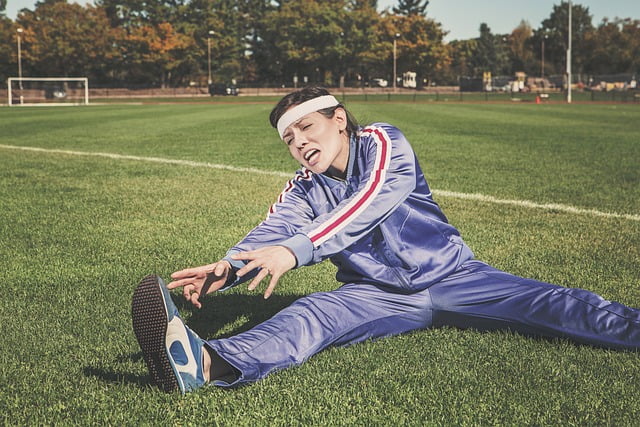Are you one of those people have always had tight hamstrings, stiff hips, or struggled with your overhead shoulder mobility?
My sports physical therapy and performance training clients in McLean and Bethesda often report issues like this in addition to all the stretches they have tried to address them.
The problem with this approach is that the root cause of tightness often lies within the nervous systems response to our physical activities.
One extreme example comes from my interactions with NFL athletes. I observed a trend of mobility limitations, especially in ankle dorsiflexion (ability to bring the knees over the toes).
These top-tier athletes, whose routines predominantly involve sprinting and dynamic movements, rarely place their heels on the ground to fully lengthen the muscles on the backside of the lower leg. This continuous action results in a natural shortening of the calf muscles and Achilles tendons.
Here’s where the brain’s adaptive genius kicks in. To optimize performance, it creates stiffness in these muscles, producing a spring-like effect. This is a brilliant move for energy conservation and speed on the field. However, this adaptation, beneficial in high-intensity sports, can lead to an imbalance, pushing the body towards an extreme “all or nothing” movement pattern.
This, in turn, heightens the risk of injuries and reduces the body’s ability to perform a range of movements, outside their sport.
This principle isn’t just confined to athletes. Our brains adapt our mobility based on our routine activities. If we train repetitively in the same movement patterns, our mobility gets restricted in certain areas.
It’s crucial to train our bodies to be versatile, not just powerful, or efficient in a singular style.
In physical therapy, I emphasize the importance of integrating exercises that foster fluidity and ease of movement, rather than pushing the body to its limits constantly. Straining excessively or forcing every muscle to engage at once defeats the purpose of efficient movement.
Stretching alone isn’t the answer. The nervous system, a key player in movement patterns, can’t be simply overridden. The solution lies in addressing the root causes of these mobility restrictions.
Incorporating diverse, less strenuous exercises can retrain the brain and the body, allowing for a more balanced, injury-free physical state. Examples include single leg drills like a posterior tap down or step ups.
It’s about teaching our bodies to move in multiple ways, not just the way we’re conditioned for a specific sport or activity. This holistic approach to sports physical therapy and performance training is essential for sustained, optimal performance, both on and off the field.
If you have a long history of tightness or injury, schedule an evaluation to determine how you can incorporate these principles into your training routine!
